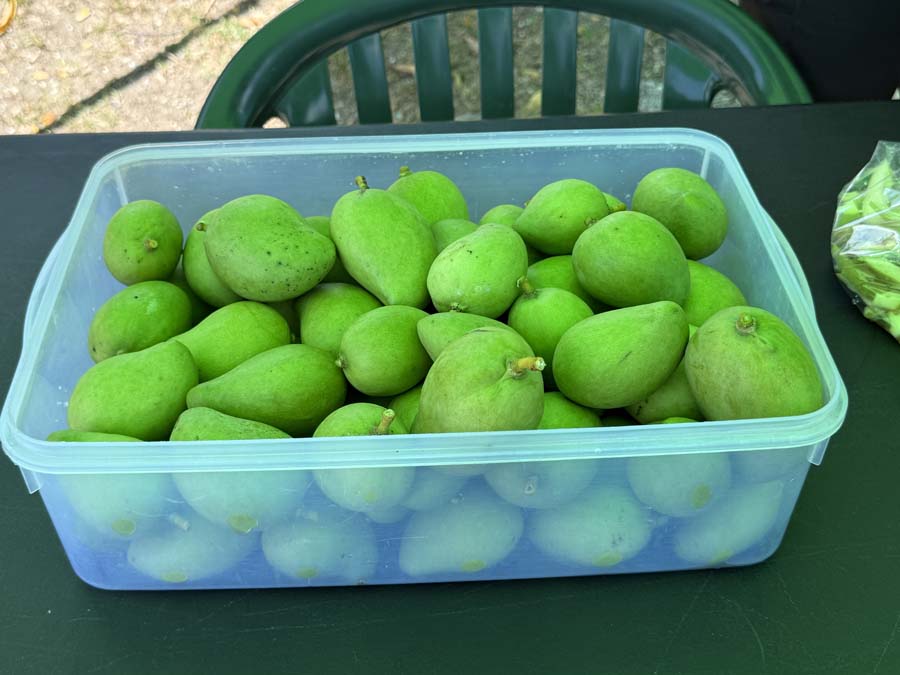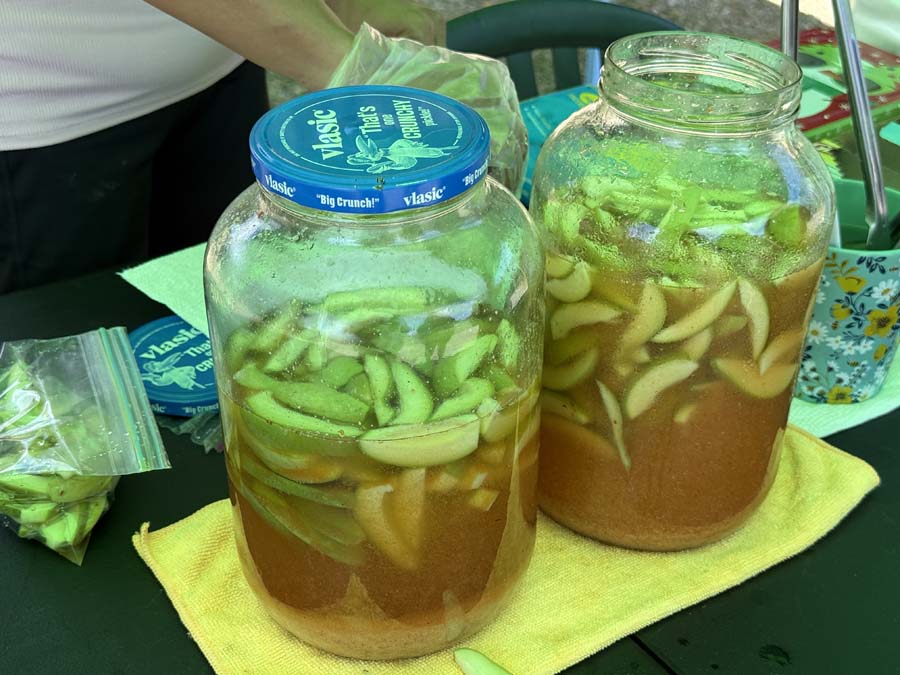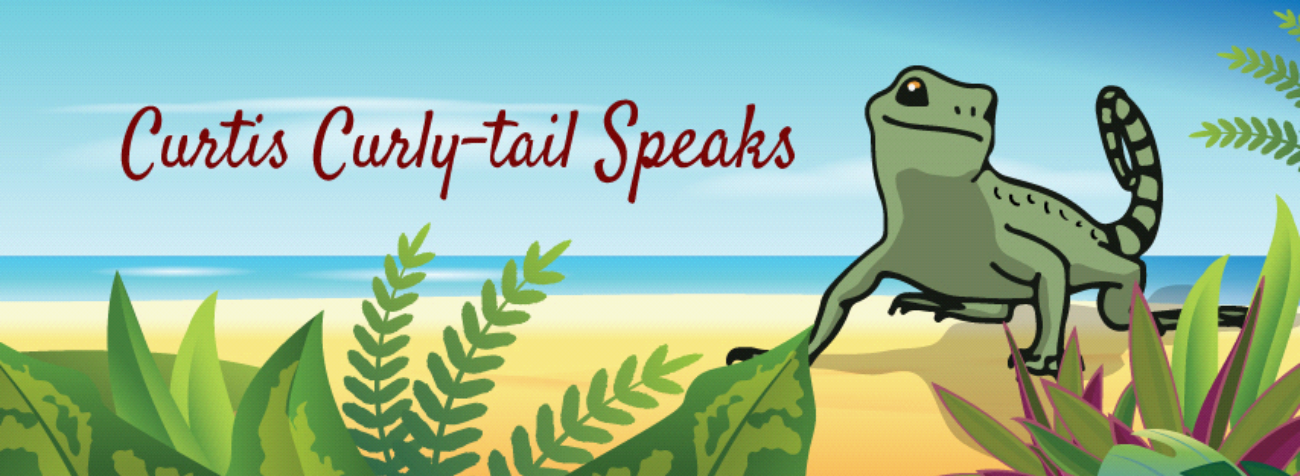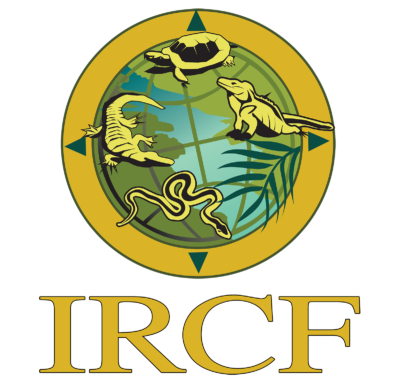A Delicious Duel: My Brush with a Dangerous Delicacy in Guam
Inspiration and adventure can be found anywhere, especially when you’re on the road. During my Guam book tour with the International Literacy Association, I was treated to an all-day, around-the-island adventure. Though Guam is only 30 miles long, it was a day packed with discoveries, including one that was both delicious and a little bit dangerous.
A Lucky Find at Merizo Pier
When we arrived at the dock at Merizo Pier, my guide was thrilled to spot a single vendor selling pickled mango. A huge festival the previous weekend had wiped out nearly every other vendor’s supply, but one family was still busy making this local treat at their roadside stand. Their own mango tree was still loaded with the small, green mangoes perfect for pickling.

For just one dollar, I got a large bag filled with thinly sliced mangoes pickled in vinegar and sugar. They were tasty, crunchy, and incredibly refreshing. My guides, who couldn’t get this treat in the bigger cities where they lived, bought several bags each.

A Prickly Memory from a Poisonous Past
As I happily snacked on the pickled delight, I took a closer look at what I was eating. I realized it wasn’t just the mango flesh; it was the entire fruit, minus the seed. I was eating the skin. A jolt of panic went through me.
You see, many years ago as a teenager, I took a summer school course in Hawaii. Having grown up in Illinois, I had always loved mango flavor but had never seen a whole, fresh one. When I was finally offered a fresh, ripe, juicy mango, I was ecstatic. I sliced it open and, since it had been washed, used my teeth to scrape the delicious flesh directly off the rind.
What I didn’t know then is that mangoes are in the same plant family as poison ivy. I learned that lesson shortly after eating the fruit when I developed an impressive case of hives all over my body, inside my mouth, and down my esophagus. The rind of mangoes, much like poison ivy, contains urushiol, an oil that causes severe contact dermatitis. For the next fifty years, I never peeled a mango with my hands again.
The Urushiol Investigation
That vivid memory came rushing back as I stood at Merizo Pier holding a bag of pickled mango rinds. I had students to read to the following week and couldn’t afford another run-in with urushiol. I cautiously limited my consumption, waiting to see if a reaction was imminent.
When no hives appeared, my biologist brain kicked in. Why didn’t I have a reaction this time?
- Were the mangoes safer because they were unripe? My research showed the opposite. Urushiol levels are actually highest in green mangoes.
- Did the pickling process neutralize the urushiol? According to internet experts, vinegar is unable to break down the oil-based compound.
- Could it be a special variety of mango? Another search suggested that some mango varieties have less urushiol in their skin—some people even claim certain types have edible skin.
This seemed to be the most likely answer. I am happy to report that no hives developed, and I was able to fully enjoy this flavorful delicacy of Guam.
Just like my trip to Guam, my book character Curtis the Curly-tail Lizard is always going on adventures around the islands. Explore his world in the Curtis Curly-tail series! Discover the Curtis Curly-tail Series
To learn about our latest science-based children’s books and workbooks, to read our latest blog posts about reptiles, birds, cats, and gardening, in a variety of locations, and about how the books come to be, what inspires an author to write, and many more interesting aspects of the publishing business, fill in the box below and we will add you to our email list.
Thank you!



